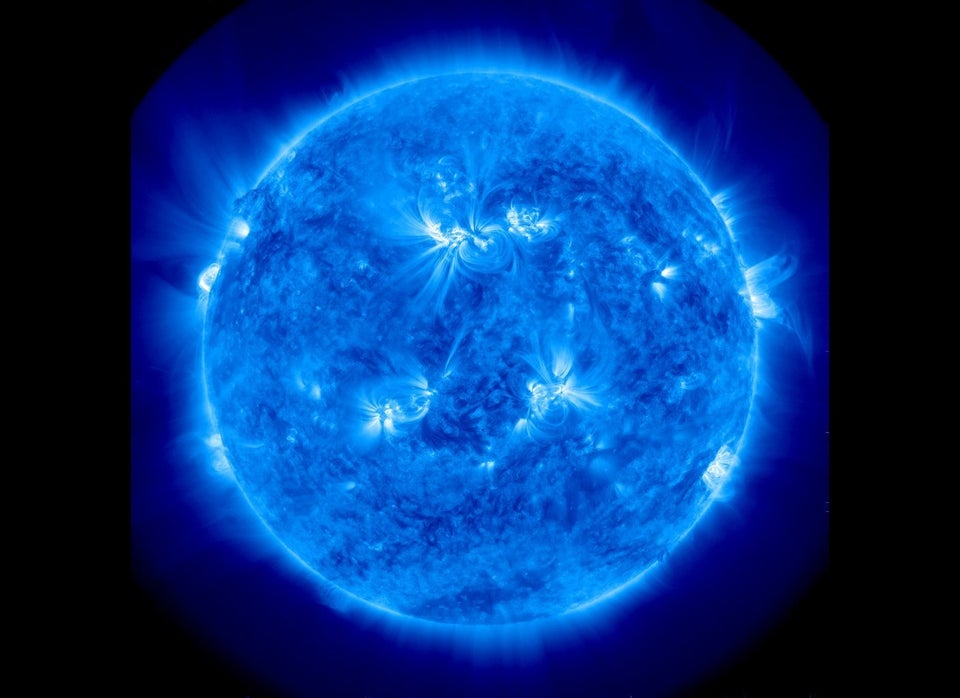The sun recently unleashed a massive coronal mass ejection (CME), sending particles speeding toward our planet at around 575 miles per second.
The CME erupted a little after 2 a.m. EST on Jan. 31, NASA's Goddard Space Flight Center reported. Radiation from the blast reached Earth on Feb. 4, according to an alert from the the National Oceanic and Atmospheric Administration (NOAA).
Video of the ejection (above) shows the roiling surface of the sun suddenly give off a brilliant flare. The explosion forms a superheated ring that eventually dissipates into space.
A CME results when charged particles are expelled violently from the sun. Space.com explains:
The magnetic field lines that twist up to form solar flares occasionally become so warped that, like rubber bands under tension, they snap and break, then reconnect at other points. The gaps that form no longer hold the sun's plasma on its surface. Freed, the plasma explodes into space as a coronal mass ejection.
These explosions vary in size. When the particles are sent toward Earth after a powerful blast, they sometimes damage GPS satellites and disrupt communications. Mild CMEs, such as last week's, are usually nothing to worry about.
The sun is entering a peak time for magnetic activity. As a result, Time reported, "its surface becomes blotchy with sunspots, its luminosity grows fractionally brighter, and it sends giant flares up in sweeping arcs above the solar atmosphere."
NASA recently spent several million dollars on a telescope project that may help scientists better understand CMEs and other space weather events. The High Resolution Coronal Imager, or Hi-C, captured "the highest-resolution images ever taken of the million-degree solar corona using a resolution five times higher than previous imagers," according to the Los Angeles Times.
Anyone who wants keep up to date on future solar emissions can monitor the NOAA's Space Weather Prediction Center, the U.S. government's official source for space weather forecasts, alerts and warnings.
